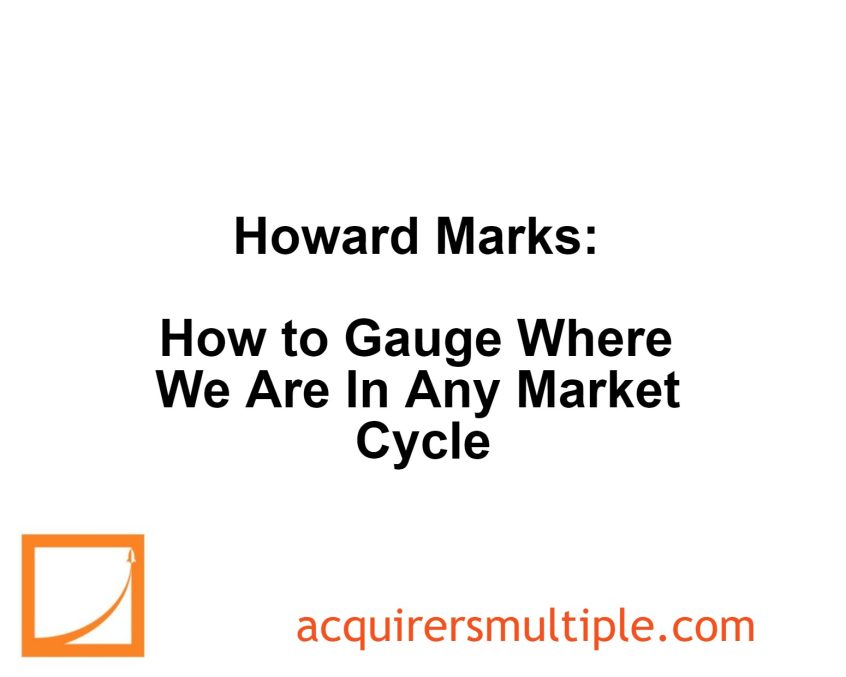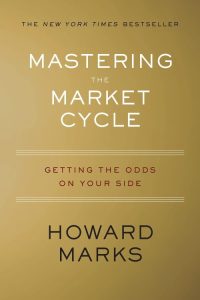In his book – Mastering the Market Cycle, Howard Marks emphasizes understanding market cycles through two key assessments: quantitative analysis of valuations and qualitative observation of investor behavior.
Valuations aligned with historical norms suggest the cycle isn’t highly extended. Observing investor behavior provides additional insights. These assessments help gauge the market’s position within its cycle, indicating tendencies rather than precise predictions.
Market cycles vary in amplitude, pace, and duration, making future movements uncertain. However, a market high in its cycle suggests a higher probability of a downward correction, while a low suggests potential gains. Thus, understanding these probabilities aids in making informed investment decisions.
Here’s an excerpt from the book:
So the key to understanding where we stand in the cycle depends on two forms of assessment: The first is totally quantitative: gauging valuations. This is an appropriate starting point, for if valuations aren’t out of line with history, the market cycle is unlikely to be highly extended in either direction. And the second is essentially qualitative: awareness of what’s going on around us, and in particular of investor behavior. Importantly, it’s possible to be disciplined even in observing these largely nonquantitative phenomena. The key questions can be boiled down to two: how are things priced, and how are investors around us behaving? Assessing these two elements—consistently and in a disciplined manner—can be very helpful. The answers will give us a sense for where we stand in the cycle.
In closing on this subject, I want to repeat something I’ve been harping on: even the best of temperature-taking can’t tell us will happen next … just the tendencies. Since market cycles vary from one to the next in terms of the amplitude, pace and duration of their fluctuations, they’re not regular enough to enable us to be sure what’ll happen next on the basis of what has gone before. Thus, from a given point in the cycle, the market is capable of moving in any direction: up, flat or down.
But that doesn’t mean all three are equally likely. Where we stand influences the tendencies or probabilities, even if it does not determine future developments with certainty. All other things being equal, when the market is high in its cycle, a downward correction is more likely than continued gains, and vice versa. It doesn’t have to work out that way, of course, but that’s the safer bet. Assessing our cycle position doesn’t tell us what will happen next, just what’s more and less likely. But that’s a lot.
You can find a copy of the book here:
Mastering the Market Cycle, Howard Marks
For all the latest news and podcasts, join our free newsletter here.
Don’t forget to check out our FREE Large Cap 1000 – Stock Screener, here at The Acquirer’s Multiple:




